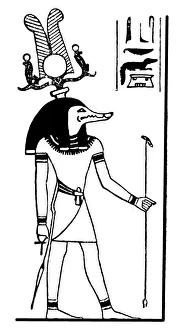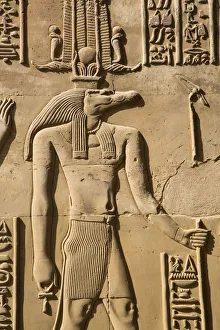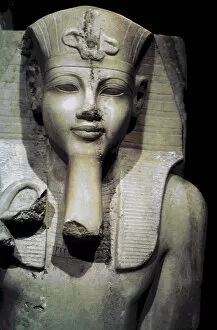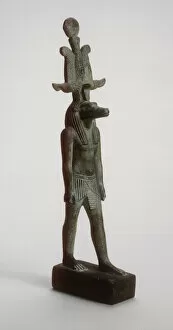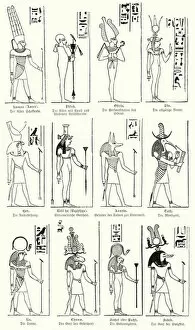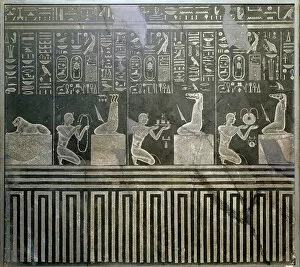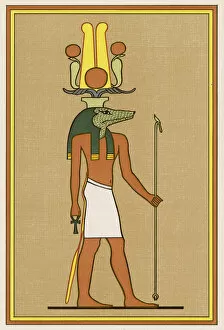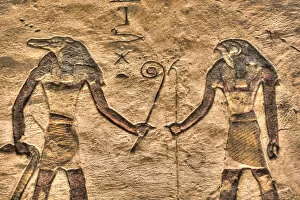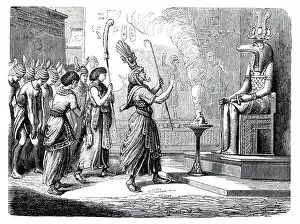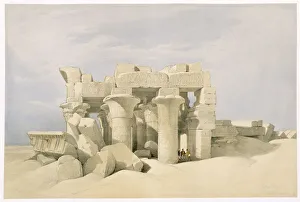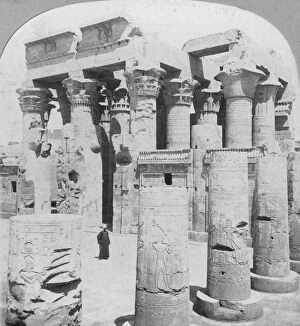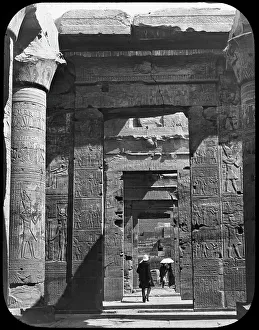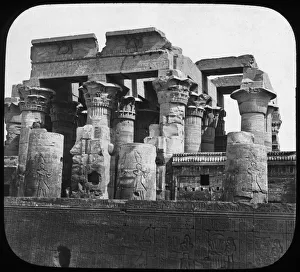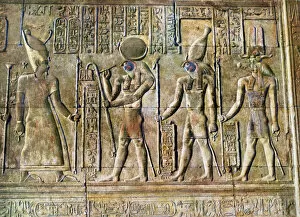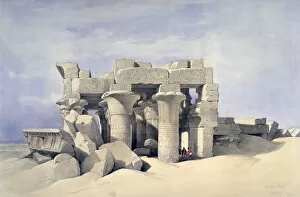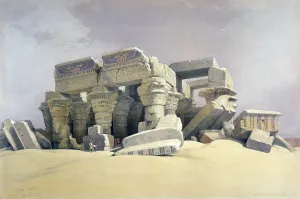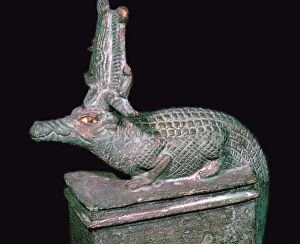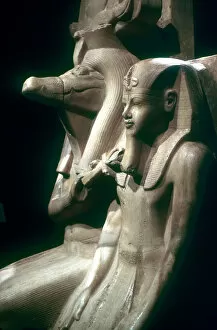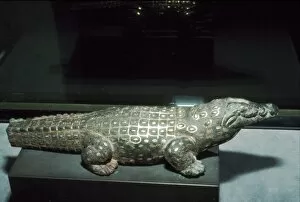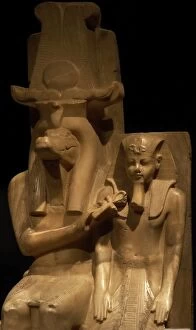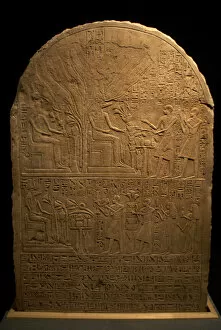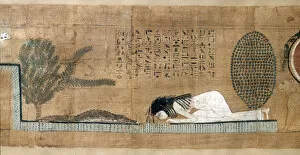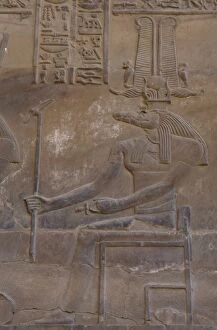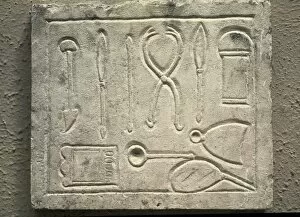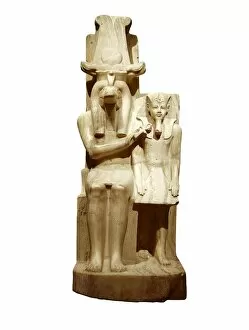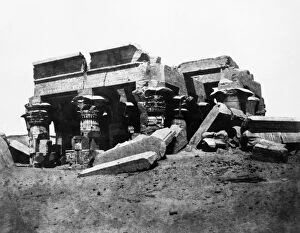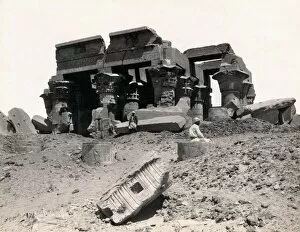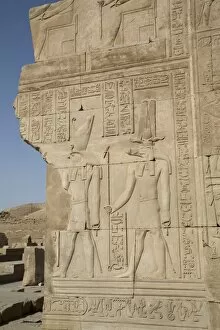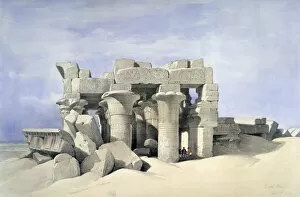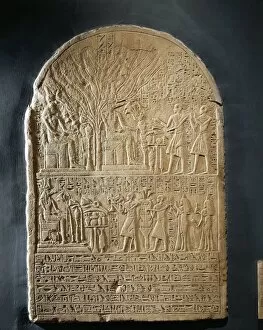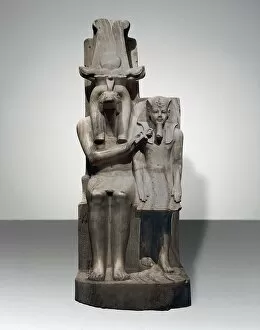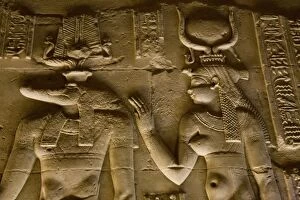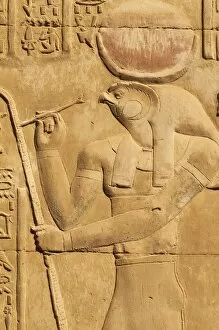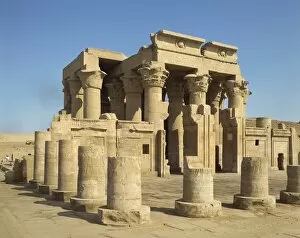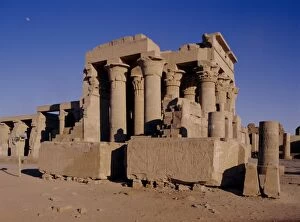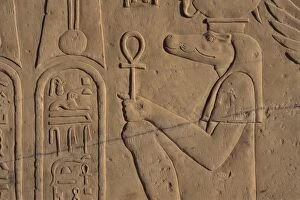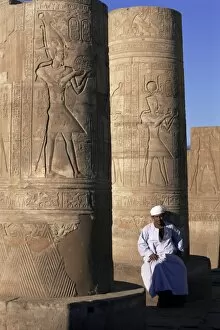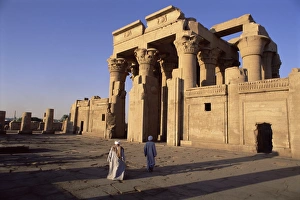Sobek Collection
"Sobek: The Mighty Egyptian God of Crocodiles and Fertility" In the ancient land of Egypt, amidst the sands of time, stood a deity revered by many - Sobek
For sale as Licensed Images
Choose your image, Select your licence and Download the media
"Sobek: The Mighty Egyptian God of Crocodiles and Fertility" In the ancient land of Egypt, amidst the sands of time, stood a deity revered by many - Sobek, the powerful god associated with crocodiles and fertility. From statues to wall reliefs, his presence was felt throughout the kingdom. One remarkable depiction can be found in the statue of Amenhotep III (Neb-Maat-Ra) and Sobek. Created during c. 1390-1352 BCE, this masterpiece showcases the pharaoh offering his devotion to this fearsome yet benevolent deity. The Temple and Haroeris in Kom Ombo is another testament to his significance. Adorned with intricate wall reliefs depicting scenes from ancient mythology, it served as a sacred sanctuary where worshippers paid homage to both Sobek and Horus. Stele bearing offerings dedicated to Sobek further exemplify his importance in Egyptian culture. These stone slabs were inscribed with prayers and gifts for this mighty crocodile god who was believed to bring protection and prosperity. Even on papyrus scrolls, tales involving Sobek unfolded before our eyes. One such scroll tells the story of a girl's encounter with a crocodile - an intriguing narrative that highlights both fear and reverence towards this divine creature. A small statuette dating back to Dynasty 26-30 (664-332 BCE) depicts an enigmatic image of Sobek. Crafted by unknown hands, it serves as a reminder that even through different periods in history, people continued their devotion towards this formidable deity. Sobek's influence extended beyond individual worship; he held a significant place among other gods as well. Ancient engravings depict him alongside various deities like Horus - showcasing their collective power within religious beliefs. Pharaohs themselves recognized the mightiness too.

